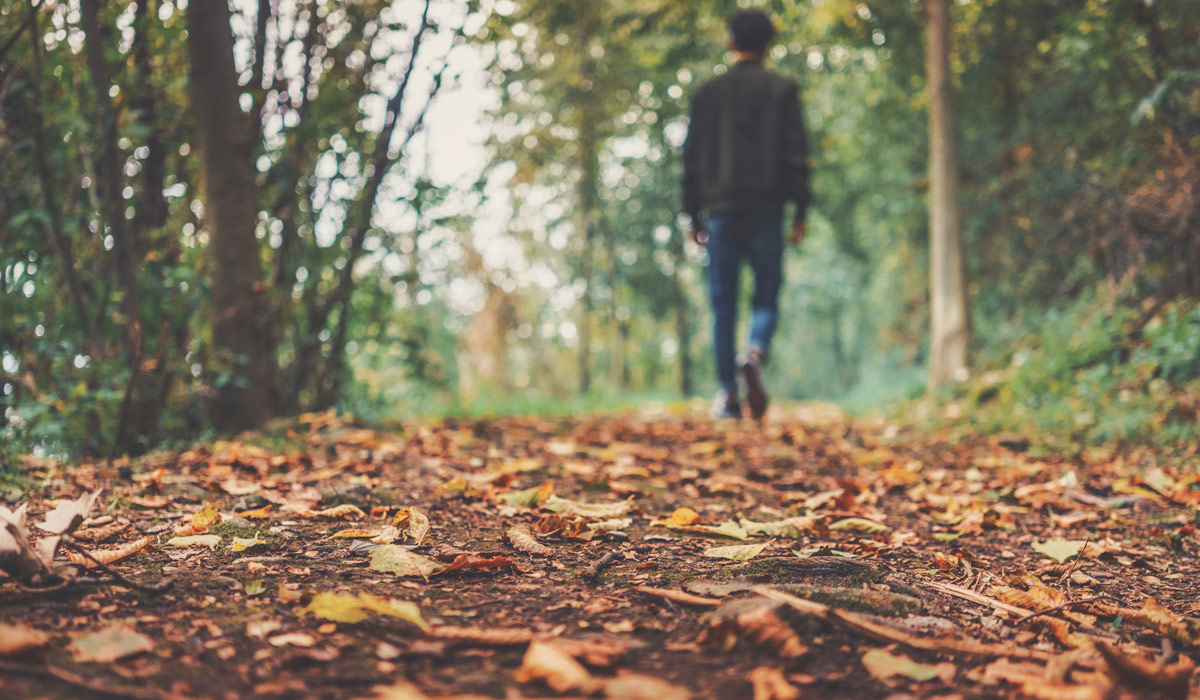Trauma and the Body with Heather Mirous, Part One

This week on the Allender Center Podcast, Dr. Dan Allender is joined by his friend and colleague Dr. Heather Mirous to launch a three-part conversation about how trauma and abuse affect our physical health and embodied reality. Heather has worked with Dan to dig into health, physiology, stress, and the effects of trauma on the brain and body, collaborating on the third chapter of Healing the Wounded Heart and leading groups with The Allender Center. Heather is also featured in conversation with Dan in our video gallery, and plays a pivotal role in our upcoming Healing the Wounded Heart online course.
“Our bodies are not immutable. They are not disconnected from the reality of living in a fallen world.”
Heather vulnerably and powerfully shares from her own story of finally uncovering the connections between her ongoing physical suffering and her experiences of trauma. After years of tests, pain, and unanswered questions, she slowly began learning to look for patterns and listen to what her body is communicating.
Heather: “I’ve noticed that the truth of what was happening in my body has been obscured by lies, sometimes in the form that there are shreds of truth. For example, with my hair loss, there is a hereditary truth to it, but it’s not the whole truth. And I noticed that these shreds of truth kept my doctors and me from seeing the whole truth. […] No one was able to get to the underlying cause or actually fix my issues. I always knew there’s something else, there’s something not right here. And I think that’s what spurred me, out of utter desperation, to get a better handle on what’s happening to my body.”
Dan: “The moment we open up the door to health issues as having multi-variant factors, in the least saying that stress, trauma from decades upon decades ago can become patterned structures that have influence over our health continuum, it does become a really complex matter.”
Heather also shares about what she has been witnessing through her group work with The Allender Center, as individuals begin to explore how particular pains or ailments might be connected to particular stories of trauma.
Heather: “For me, over lots of time, it’s kind of empowered me to say, hell no. You don’t get this part of my life. You don’t get this part of my body any longer. I’m not accepting this diagnosis. I will dig into my story. I will continue to try to connect these dots.”
Dan: “From doubt and disbelief, to a kind of despair, to then knowing that, in some ways, we’ve got to fight to be able to engage not just the health system, not just our own convictions that it can’t be related to past harm. You’re talking about becoming a health warrior, stepping into your body as part of, and in many ways central to, the work of redemption.”
As we continue this conversation in the next two weeks, Dan and Heather will discuss the science of what we are learning about the physical, embodied realities of trauma and abuse, as well as this somewhat daunting question: Once we accept the connection between past harm and present bodily experiences, what do we do next?
